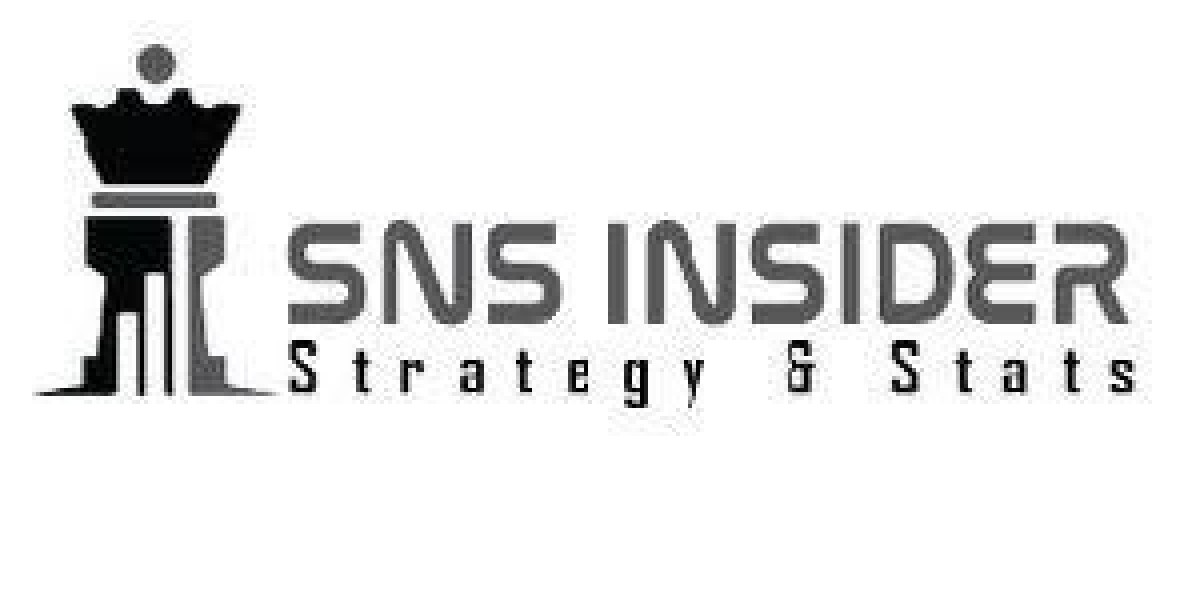Education is constantly evolving, with educators seeking innovative approaches to enhance student learning and success. One such approach that has gained significant attention is competency-based education (CBE). Competency-based education shifts the focus from traditional time-based models to a system that emphasises mastery of specific skills and knowledge. This article explores the benefits and challenges of implementing competency-based education in the classroom.
Benefits of Competency-Based Education
Personalised Learning: Competency-based education allows students to progress at their own pace, ensuring that each student has the opportunity to master a specific skill or concept before moving on. This personalised approach to learning caters to individual student needs and promotes a deeper understanding of the subject matter.
Mastery Focus: With competency-based education, the emphasis is on mastering the required skills and knowledge. Students are given the opportunity to demonstrate their understanding through assessments that measure their competency. This approach shifts the focus from mere memorization of facts to a deeper comprehension and application of knowledge.
Flexible Learning Pathways: CBE provides flexibility in the learning process, allowing students to choose their learning pathways based on their interests, strengths, and career goals. Students can progress through the curriculum at their own pace and explore different avenues of learning, promoting engagement and motivation.
Real-World Relevance: Competency-based education often integrates real-world scenarios and authentic assessments, enabling students to apply their knowledge and skills to real-life situations. This connection to practical, relevant experiences prepares students for the challenges of the modern workforce and encourages critical thinking and problem-solving abilities.
Continuous Feedback and Support: CBE promotes ongoing feedback and support to students, enabling them to identify areas of improvement and develop strategies for growth. Frequent feedback enhances the learning experience, facilitates self-reflection, and encourages students to take ownership of their learning journey.
Challenges of Competency-Based Education
Assessment Complexity: Designing and implementing effective competency-based assessments can be challenging. Assessments must accurately measure student mastery of skills and knowledge, and they may require a shift from traditional forms of testing. Developing reliable and valid assessments that align with competency-based frameworks can be time-consuming and resource-intensive.
Transition and Teacher Training: Shifting from a traditional education model to a competency-based approach requires significant changes in instructional practices and teacher training. Educators need support to develop the necessary skills and expertise to implement CBE effectively. Adequate professional development opportunities and ongoing support are crucial for successful implementation.
Resource Requirements: Competency-based education often demands a shift in resources, such as technology, instructional materials, and learning management systems. Schools may need to invest in infrastructure and tools to support personalised learning, including adaptive learning software, online platforms, and additional teaching staff.
Equity and Access: Implementing competency-based education requires careful consideration of equity and access. Ensuring that all students have equal opportunities to succeed may involve addressing issues of technology access, language barriers, and diverse learning needs. Striving for equity in CBE implementation is vital to avoid exacerbating existing achievement gaps.
Accountability and Transcripts: Competency-based education challenges traditional grading and transcript systems that rely on time-based measures. Developing reliable and universally accepted methods for translating competency-based learning into meaningful transcripts and credentials is a complex task. Ensuring that CBE is recognized and valued by higher education institutions and employers is essential for student success.
Conclusion
Competency-based education holds immense potential for transforming the learning experience by providing personalised, mastery-focused, and relevant education. Its benefits, including personalised learning, mastery focus, flexible pathways, real-world relevance, and continuous feedback, offer promising avenues for student engagement and achievement. However, challenges related to assessment complexity, teacher training, resource requirements, equity, and accountability must
Competency-Based Education (CBE) offers numerous benefits and poses unique challenges in the classroom. One of the main advantages is that CBE focuses on mastering specific skills and knowledge, allowing students to progress at their own pace. This personalised approach fosters a deeper understanding of concepts and encourages active student engagement. Moreover, CBE promotes a learner-centred environment, where students take ownership of their education and are empowered to set and achieve their goals. However, implementing CBE can be challenging. It requires extensive planning, curriculum redesign, and ongoing assessment and feedback mechanisms. Additionally, the transition from traditional grading systems to competency-based assessments may face resistance from students, parents, and educators. Despite these challenges, CBE has the potential to revolutionise education by promoting individual growth and enhancing student outcomes. If you need assistance with your essay on this topic, I can certainly help you, and we can discuss affordable options to ensure a high-quality and cost-effective service.








